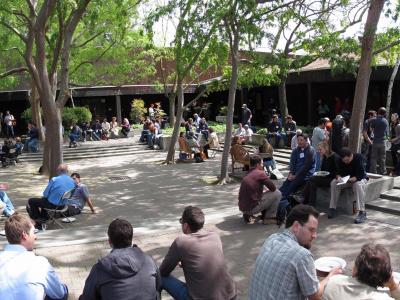Swirling in Sediment and Slowing Fisheries Recovery
We have a funny relationship with sediment. Sediment is considered by fisheries resource agencies as harmful to spawning beds and fills over-summering pools, water quality jurisdictions regulate sediment as a pollutant, and yet there is no salmonid habitat that is not created by sediment. For example, two common sediment condition evaluation methods are V* and embeddedness, where V* is a measure of fines in pools and embeddedness is a ratio of fine vs coarse on the stream bed. Typically, neither measure is applied in context to watershed sediment delivery, sediment transport modes and grain sizes, seasonal cycles of sediment transport, or linked to the physical processes that are reflected in the evaluations that are only a snapshot in time. Also, there are language barriers between disciplines; at the particle scale, fisheries managers consider small gravel and sand to be fines, while engineers and geologists classify fine particles as silt and clay. There are understanding barriers too; at a site or channel-width scale the processes governing the mode of sediment transport (bedload, suspended load, and wash load) are significantly different for different grain sizes, although sediment typically is managed as a whole. Geomorphic process domains are important but underutilized: source areas are distinct from sorting and transfer areas, which are distinct from deposition zones, although sediment continuity is applied regardless of geomorphic context or geologic history, making every site a transfer zone. Land development in general created transport zones out of former deposition zones, losing the significant ecosystem richness that deposition zones support. Natural channel design approaches assume sediment continuity is a goal, and sometimes continuity is a regulatory or grant requirement. But sediment continuity, and bank stabilization projects, in deposition zones retards restoration and species recovery. Sediment TMDL’s for fines are considered inconsistent with beach replenishment and coastal sand management. This session will explore some of the common misunderstandings of sediment, modes of sediment transport, seasonal and decadal cycles, and how sediment and habitat interact. Persons that have challenged conventional understandings of sediment with project examples are encouraged to submit abstracts.
Swirling in Sediment and Slowing Fisheries Recovery
Brian Cluer, Ph.D., NOAA Fisheries
Engineering is the Easy Part
Jim Robins, Alnus Ecological
Incorporating Geomorphic Processes and Sediment Dynamics into Salmonid Habitat Restoration Design
Jason Q. White, Environmental Science Associates
Clear and Simple Connections Between Dirt, Fish, Entrenchment, and Recovery
Mike Napolitano, San Francisco Bay Water Quality Control Board.
Sediment for Salmon in San Francisco Bay: What’s Needed, What’s Available, and What’s Next?
Scott Dusterhoff, San Francisco Estuary Institute
Mechanical Scarification of Gravel Beds to Increase Chinook Salmon Spawning Success – Field Experience in Lower Putah Creek
Ken W. Davis, Wildlife Survey & Photo Service

